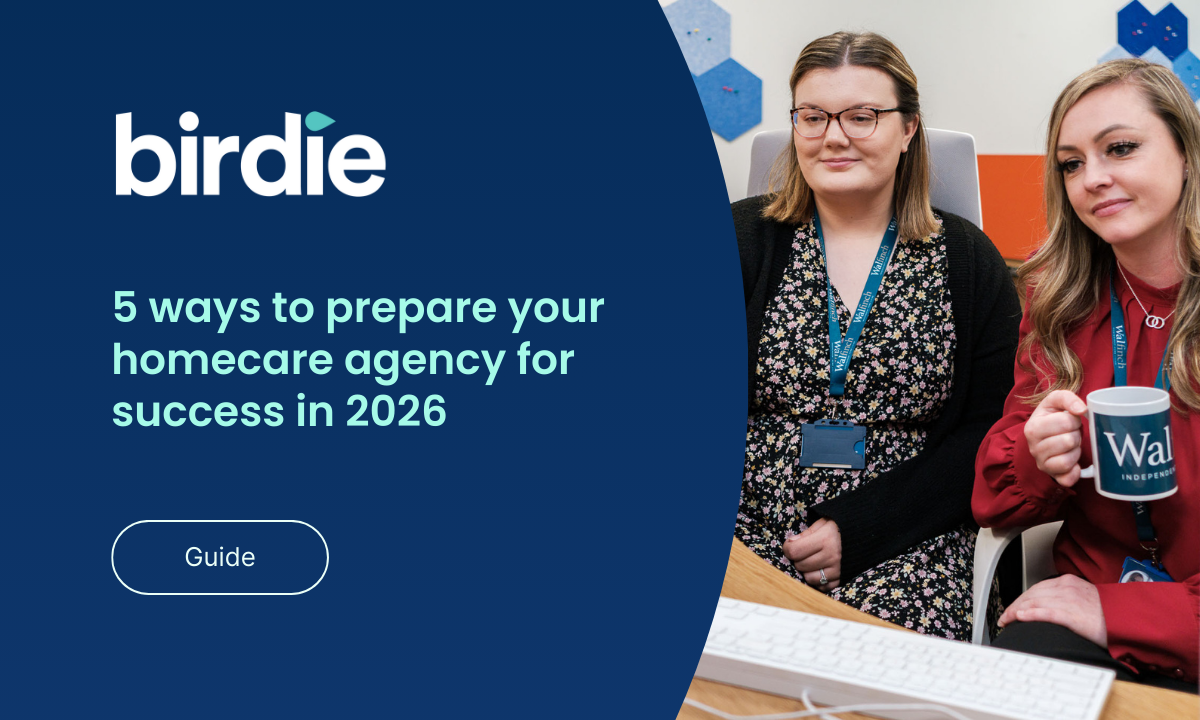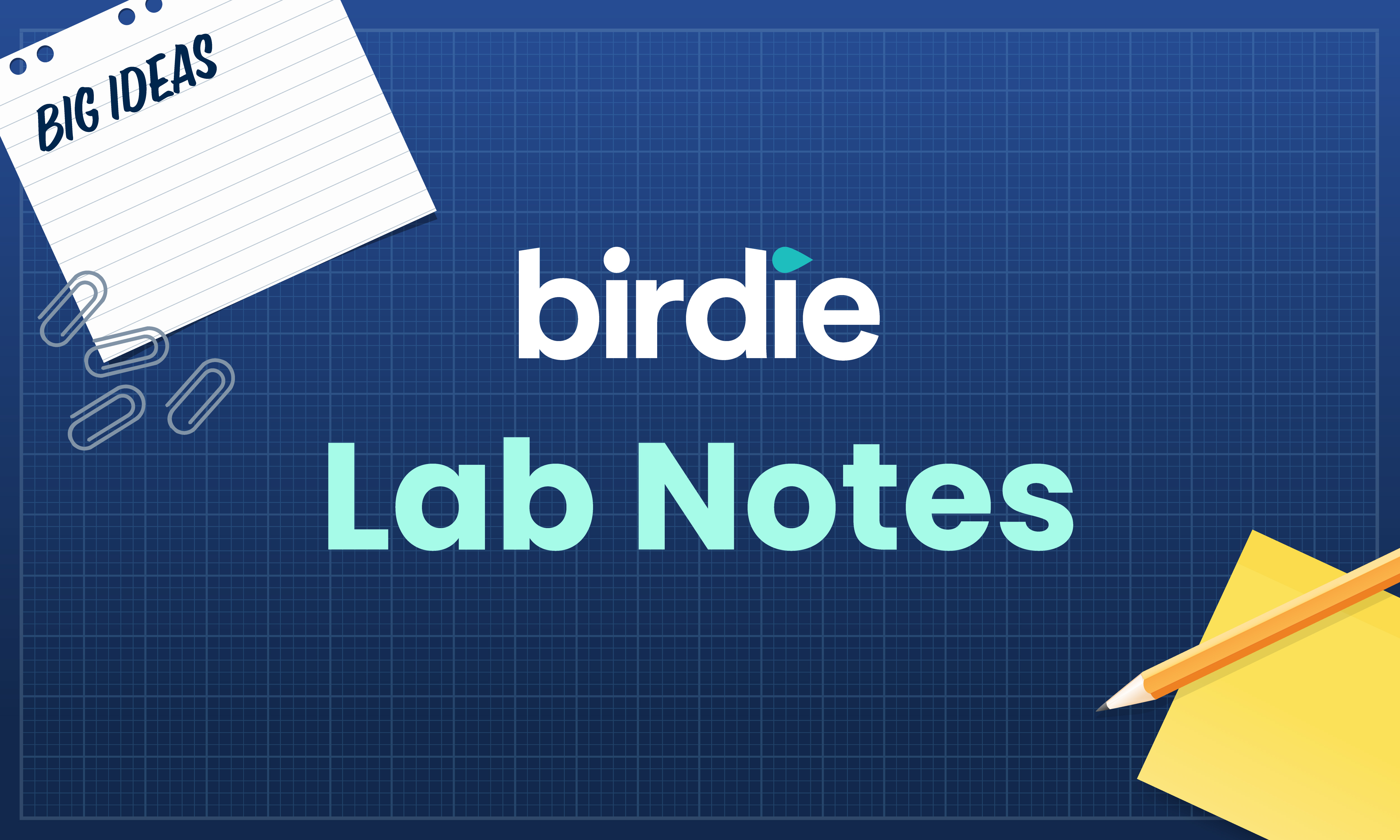Table of contents
Frankenplatform. Noun. What happens when you bolt together different software systems that were never designed to work as one.
Homecare agencies across the UK are facing mounting pressure. They’re caught between rising regulatory demands and an ageing population that requires increasingly complex care coordination. But they're forced to navigate these challenges with inadequate technological tools that weren't designed for the unique operational needs of modern homecare delivery.
Current technology fails precisely because it's fragmented – scattered across multiple disconnected systems that create data silos and workflow gaps. This is what we’re calling a Frankenplatform - a patchwork of tools held together with manual workarounds, duplicate data entry, and a load of digital duct tape.
A fragmented care system is one where different aspects of care delivery operate in isolation across multiple disconnected platforms. This could be anything from scheduling and care planning to billing and compliance. This creates data silos, duplicate processes and gaps in visibility that ultimately compromise both operational efficiency and care quality.
These fragmented care systems don't just cause inconvenience. They create hidden costs that threaten both care quality and business sustainability, making unified solutions not just helpful – but absolutely essential for survival and growth.
The real cost of disconnection
Beyond the obvious inefficiencies, fragmented systems create hidden costs that add up fast, impacting every aspect of a homecare agency's operation and the quality of care they provide.
Time costs
The administrative burden is crushing. Care agencies waste significant time on duplicate data entry, manual reporting and constantly switching between disparate systems. Before unified systems, a 48-hour care plan update was considered responsive – now it can be done in five minutes.
Quality costs
Fragmented systems lead to missed medications, delayed interventions and gaps in family communication. When care information is scattered across platforms, it leaves carers unsupported and creates gaps in care delivery that can have serious consequences for vulnerable clients.
Financial costs
The financial impact is substantial. Agencies face long-term costs of regularly rectifying visibility issues, while poor visibility leads to missed opportunities and planning difficulties. The financial consequences of not getting more clients or staff due to system limitations can be devastating for growing agencies.
Safety costs
Perhaps most concerning are the safety implications. Information gaps, incomplete care records and a lack of real-time visibility create care risks that can lead to preventable incidents and hospital admissions. When critical information is scattered across platforms, care teams are left making decisions without the full picture.
Compliance costs
The impact of non-compliance can be significant for care businesses. Fragmented systems create barriers to effective quality benchmarking and make it difficult to maintain the audit trails necessary for regulatory compliance.
Unity powers progress: the power of connected care
The solution isn't more technology – it's smarter technology that connects everything. When care agencies move from fragmented systems to unified platforms, the transformation is remarkable.
Benefits of unified systems:
- A single source of truth for all care data, eliminating the confusion and errors that come from multiple data sources
- Real-time visibility across the entire care team, enabling proactive rather than reactive care
- Automated processes that reduce administrative burden and free up time for actual care delivery
- A foundation for smart insights that help agencies make data-driven decisions and improve outcomes
The evidence speaks for itself. Based on Birdie’s data, we see that 77% of agencies using unified finance systems see positive increases in profit margins after one year, with an average 8% increase in profit margin. Agencies report 50% time savings in overall operations and a 40% increase in profit using smart care technology.
More importantly, 92% of agencies report overall care quality improvements after switching to unified systems, with a 20% median growth in hours of care delivered after one year. This isn't just about efficiency – it's about enabling better care for the people who need it most. Learn more about Frankenplatforms here, or to see if Birdie’s built-as-one, smart technology could help your care business thrive, reach out to our team for a free, no-commitment demo.
Published date:
August 14, 2025
Author:
Birdie team

.jpg)
















.svg)